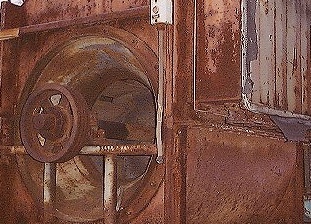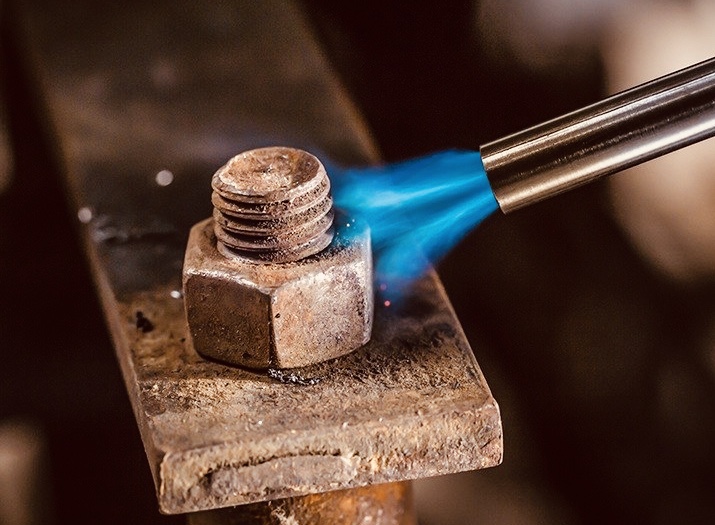Get Tech Tips
Subscribe to free tech tips.
An Old Timer’s Trick to Get Unstuck

I once had an old commercial blower assembly on a 20-ton package unit, and the bearings and pulleys were seriously shot.
I was 19 or 20, and as much as I tried, I just couldn't get the rusted hunk of metal apart. I tried penetrating oil, pullers, pry bars… I knew better than to beat on it with a hammer, but I was getting close to that point.
I did what many young techs do: I called a guy who had “been there and done that.” He laughed at me and then said,
Grab your torches and heat the the thing up a little, see if that breaks it free.
He wasn't very specific about how to do it, and I think I started a mini fire, but I got it loose (and back together) by some miracle.
I've used a torch to get things loose a few times since then, and it's always gotten the job done. Since that time, I've learned a few more things.

A lot of the “where you put the heat” advice is based on urban legend. Yes, it is better to apply heat to the “outside” part you are trying to get off because the part you heat is the part you will expand more. In the case of a nut, the entire nut diameter will increase slightly and “loosen.”
In my experience, a bit of heat cycling can help to break it free no matter where you apply the heat.
Now, it's still better to heat the outside because it can at least move away in that case. If you heat the inside (bolt, shaft, etc.), it will expand in a trapped, confined space.
What heating and cooling do—regardless of where they're directed—is force the metal to move, which breaks up the bonds of rust and corrosion. If you have ever pulled off a really nasty blower wheel or fan blade, you know that sometimes forcing it the wrong way a bit can help you loosen it up to pull it off the right way.
When something is really stuck, any movement that doesn't damage or mushroom the parts is good movement. Heat is a type of movement that works all the way down to the molecular level.
Don't Be Careless
When you are ticked off, it's easy to get parts too hot. Those errors can mess with the metal's hardness, damage the wires or insulation, or cause a general mess.
You don't need to get the parts cherry red. Just use some soft, even heat and protect all of the parts and wires in the area.
You need to know what sort of metal you are dealing with. Steel, stainless, aluminum, copper, tin, and brass all have different melt temperatures and characteristics. This approach is mostly for steel or cast iron with a decent amount of thickness to it.
In many cases, you will have already tried various lubricants and penetrating oil sprays. Make sure to wipe that all up before you bring the heat. Have a fire extinguisher and wet rags ready, and wear good goggles and gloves when using a torch, especially when there may be grease or oil present.
You may find that attempting to get it apart is easier once it is cool or mostly cool. Never spray anything on HOT metal, but once you're in the range, you can try spraying penetrating oil on the area while still warm. That can help get it deeper into threads.
Most of all, be patient and don't try to “muscle” it without taking all the proper precautions, using proper backing wrenches, etc.
Getting big hunks of metal apart is one of the most satisfying parts of the trade, and like most things, one approach doesn't fit all situations.
Wrenches, wire brushes, sand cloth, penetrating oil, pullers, and occasionally a torch are all tools in your toolbox.
Use them wisely.
—Bryan











Comments
To leave a comment, you need to log in.
Log In